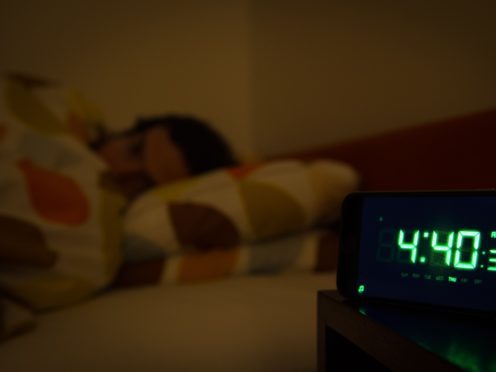Sleeping longer than the recommended seven or eight hours a night has been linked with a higher risk of premature death, according to new research.
Researchers looked at data from 74 studies involving more than three million people and found those who slept for 10 hours were 30% more likely to die prematurely than those who slept for eight.
Staying in bed for more than 10 hours was also linked to a 56% increased risk of death from stroke and a 49% increased risk of death from cardiovascular disease.
Poor sleep quality was associated with a 44% increase in coronary heart disease, according to the study published in the Journal of the American Heart Association.
Researchers said their study suggests abnormal sleep could be “a marker of elevated cardiovascular risk” and said GPs ought to ask questions about sleeping patterns during appointments.
Lead researcher Dr Chun Shing Kwok, of Keele University’s Institute for Science and Technology in Medicine, said: “Abnormal sleep is a marker of elevated cardiovascular risk and greater consideration should be given in exploring both duration and sleep quality during patient consultations.
“There are cultural, social, psychological, behavioural, pathophysiological and environmental influences on our sleep such as the need to care for children or family members, irregular working shift patterns, physical or mental illness, and the 24-hour availability of commodities in modern society.”
The study, which also involved researchers from the universities of Leeds, Manchester and East Anglia, said the research was limited as duration of sleep was self-reported and that underlying mental or physical conditions may have had an impact on “extreme sleep patterns”.
